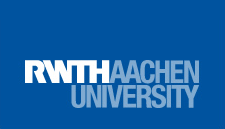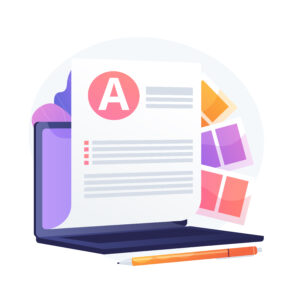Schlagwort: ‘E-Mail’
Help, My Email Password Was Compromised!

Source: Freepik
In the digital world, email accounts are a central part of our lives. If your email password has been compromised, it can have serious consequences: A hacked email account gives cybercriminals the opportunity to send phishing emails with fraudulent links to your family members, friends and addressees in your name.
In this article, you will learn how you can better protect your accounts and devices to prevent them from being compromised.
Welcome to the Summer Semester 2024!

Source: Freepik
The nights are getting shorter and the days are getting long again – time for a new semester to start!
With this in mind, we would like to welcome you and wish you a successful summer semester 2024!
Studying has become much more digital in recent years. This means that people are not only learning from books but also a lot on their laptops, tablets and smartphones. Are you already connected?
E-Mail Security – How to Configure Forwarding Correctly
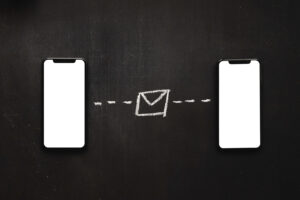
Source: Freepik
In this article in our mail security series, we will show you how to configure the forwarding of incoming mails. In our previous articles, we have informed you about the problems involved in sending mails, possible security vulnerabilities and security mechanisms that have already been implemented and explained why redirects are bad. This article is about setting up forwarding in the RWTH Mail App, also known as “OWA” (Outlook Web App).
Welcome to the Winter Semester 2023/2024!

Source: Freepik
The city is filling up with young people, the leaves are slowly starting to turn colorful. This can only mean one thing: A new winter semester is about to begin!
We welcome you and wish you a successful winter semester 2023/2024!
Studying has become much more digital in recent years. This means that people are not only learning from books but also a lot on their laptops, tablets and smartphones. Are you already connected?
Changeover Within the GitLab Login Process

Source: GitLab
On May 3, 2023, the login process for our GitLab instances (git.rwth-aachen.de and git-ce.rwth-aachen.de) will be updated as part of a necessary maintenance.
However, in order to be able to log in to the GitLab instances of the RWTH after the maintenance, the primary e-mail address stored in GitLab must match the contact e-mail address in the Identity Management of the RWTH. Otherwise, if the e-mail addresses are different, you may get a login error after the system changeover.
E-Mail Security – Why Are Redirections Bad?
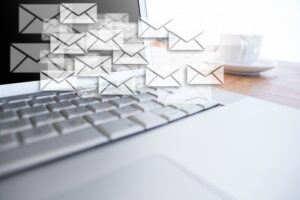
Source: Freepik
The third part of our series of articles on e-mail security deals with the identification protocol DKIM and the standard method for e-mail authentication DMARC.
In our first article and second article on the topic of e-mail security, we informed you about the origins of e-mail and the current statistics in mail traffic at RWTH. In addition, we explained what the SMTP protocol is and what problems it can cause.
#GoodToKnow: How to create distribution groups?
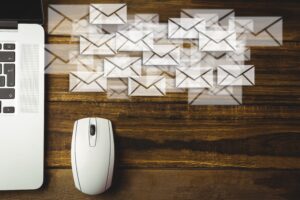
Source: Freepik
Recently, we told you about mailing lists and how to request them. In this blog post, we’ll introduce you to the difference with distribution groups and describe how to create and manage them.
E-Mail Security – The SMTP Protocol and Its Problems (Sending and Receiving)
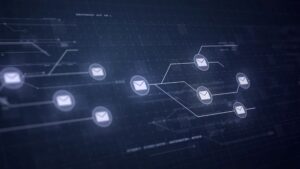
Source: Freepik
In our first article on the topic of e-mail security, we gave an insight into the historical development of email. We briefly explained how email exchange works and referred to the statistics of the email service at RWTH Aachen University.
Today we’ll tell you about the transmission protocol “Simple Mail Transfer Protocol” (SMTP) and its pitfalls.
